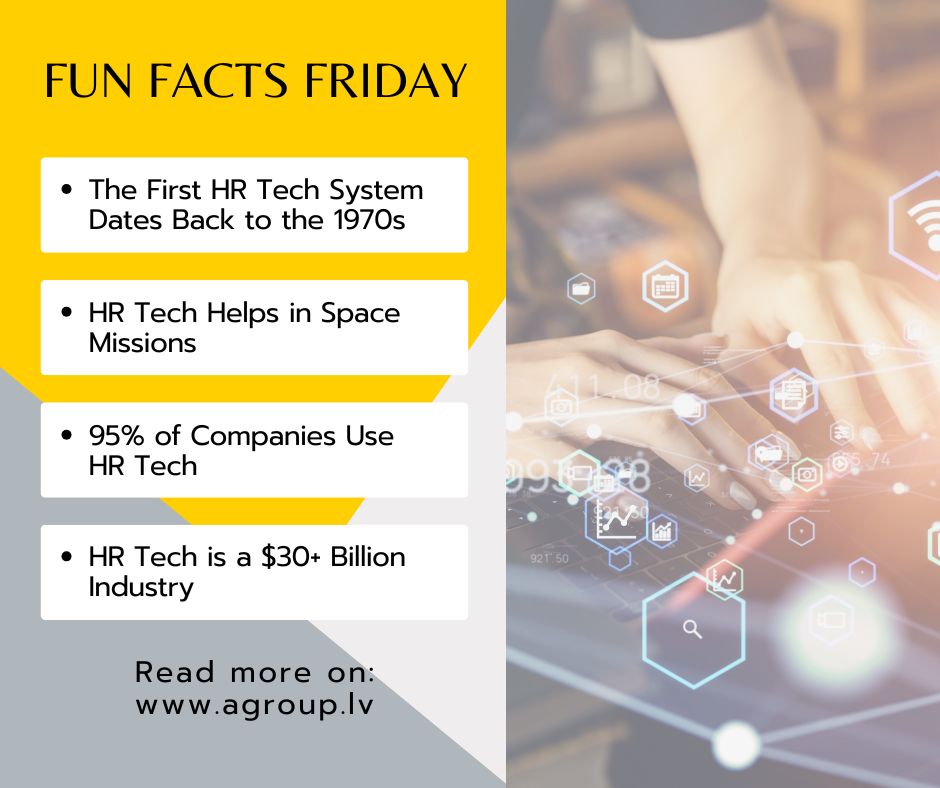The First HR Tech System Dates Back to the 1970s
HR technology started gaining traction in the 1970s, primarily focused on payroll processing. Companies like ADP and IBM were among the early pioneers. These early systems were bulky, required manual data entry, and were primarily used by large corporations. Over the decades, HR tech evolved into sophisticated platforms handling everything from recruitment to performance management, transforming HR into a strategic function rather than just an administrative one. Today’s systems handle everything from recruitment to employee engagement.
HR Tech Helps in Space Missions
HR technology isn’t just for offices – it plays a critical role in space missions! NASA and other space agencies use HR software to manage astronauts and staff, tracking skills, qualifications, training progress, and even psychological well-being. These systems help ensure that space crews are optimally trained and prepared for their missions. Additionally, HR tech assists with workforce planning for ground-based staff, making sure mission-critical roles are always covered.
95% of Companies Use HR Tech
HR technology has become nearly universal, with 95% of companies using some form of HR software. Whether it’s for payroll, recruitment, performance management, or employee engagement, digital HR tools are a must-have. Even small businesses are adopting cloud-based HR solutions to automate administrative tasks and improve efficiency. The rise of AI, automation, and mobile HR apps has further increased adoption rates, making HR tech more accessible than ever.
HR Tech is a $30+ Billion Industry
The global HR technology market is booming! It’s currently valued at over $30 billion and growing fast. Companies are investing in AI-driven recruitment tools, employee experience platforms, and HR automation to stay competitive. The rise of remote work and hybrid workplaces has also fueled demand for HR tech solutions that support digital collaboration, well-being, and performance management.
